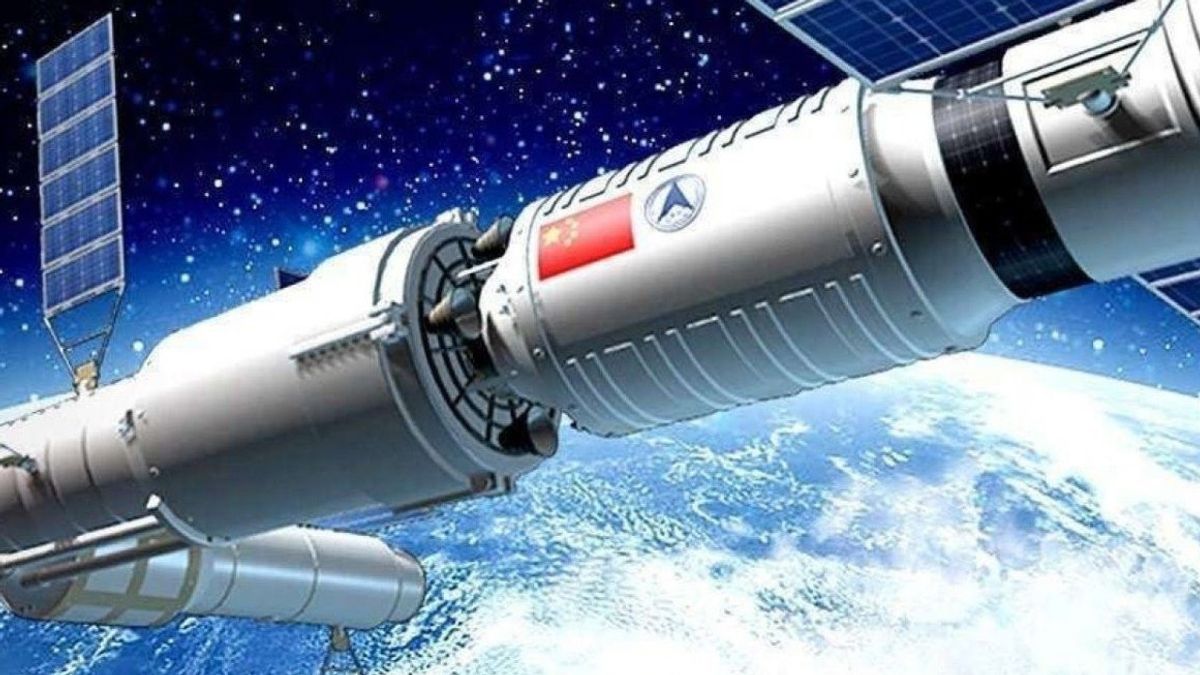
JAKARTA – China has never wanted to be left behind with Uncle Sam’s country, the United States (US). In particular, in various fields of technology, it is also important to explore space.
Quoting Phys, Friday 12 June, the Chinese space agency reportedly is building a new space station. And it is claimed to be more advanced than NASA, namely International Space Station (ISS).
Later, the space weighing 66 tons can accommodate three astronaut crew who have a residence period of up to six months at a time. When the project is completed, there will soon be the launch of 11 ambitious missions that are scheduled to depart in two years.
Also read:
- China, Preparing for the Exploration of Planet Mars
- Scientists Find a Habitable Twin Planet Earth
- Astronomers Find Mysterious Light Spot Radio Waves from Another Galaxy
The new space station, slated to open for the space business in 2023, will have three modules: the first main space for astronauts, and two modules designed to accommodate experiments from collaborations around the world.
Astronauts will also investigate everything from space technology to biological experiments. If all goes according to plan, the first module will launch in the first quarter of 2022 carried by the Long March 5B rocket. The rest will be placed in experimental modules, as well as supplies and some astronauts to run them.
It is known that the rocket had recently failed to make its debut when its main stage rocket crashed and its debris was scattered across the East Atlantic shortly after launch.
To support this growing project, of course, astronauts who are reliable in their fields are needed. The Chinese space agency has announced plans to select their newest astronaut this July.
According to a recent report, the first-ever selection will include civilians with scientific and engineering backgrounds, not just military personnel from the People’s Liberation Army Air Force.
Apart from the space station, China is also planning to launch a new telescope, dubbed Xuntian. This object will have the same mirror size as the Hubble Space Telescope, but be able to view images with a much wider field of view across the sky.
The new telescope will later share the same orbit as the space station at an altitude of 340-450 kilometers with an orbital tilt of 43 degrees, allowing the telescope to dock with the station for repairs and upgrades.
The English and Chinese versions are automatically generated by the system. So there may still be inaccuracies in translating, please always see Indonesian as our main language. (system supported by DigitalSiber.id)
.
Comments
Post a Comment